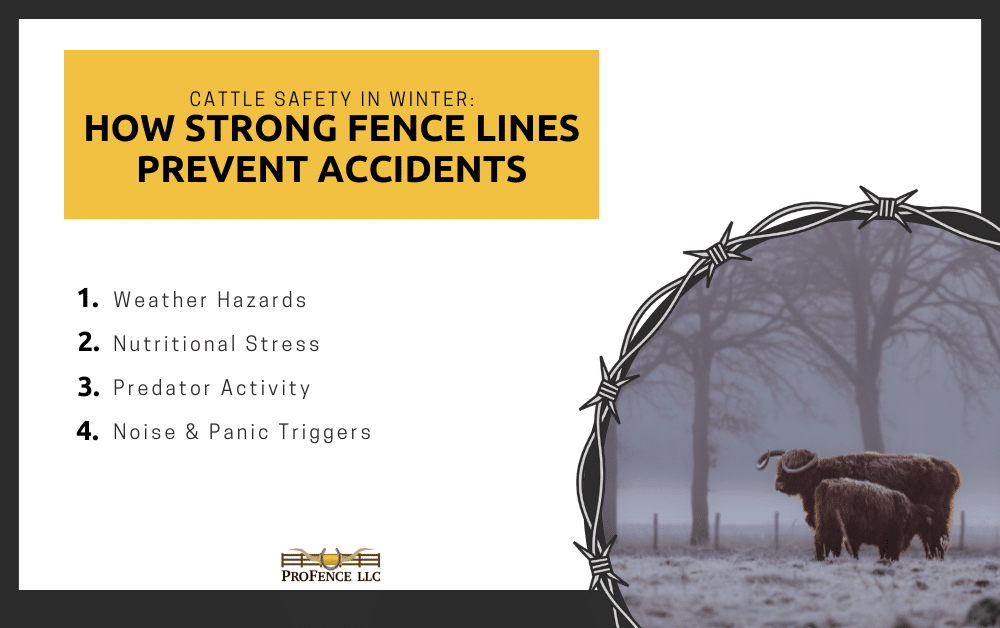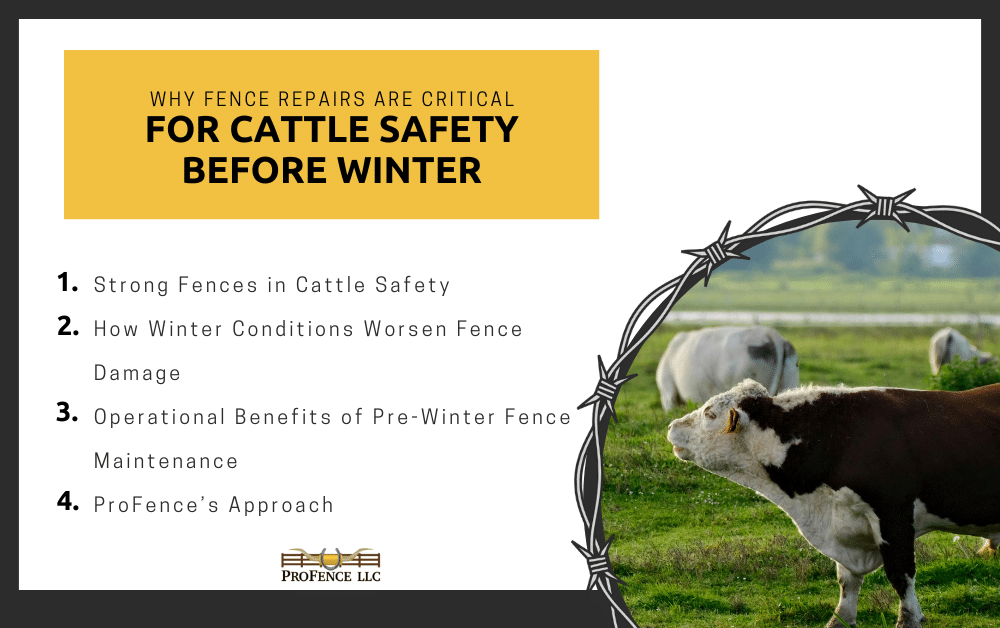When it comes to keeping livestock safe, most farmers think of coyotes, stray dogs, or weather conditions as the top threats. But for many rural property owners, snakes spark just as much concern—especially in the summer months when they become more active. That leads to an important question: Do fences actually help keep snakes away from livestock—or do they make it worse?
This blog dives deep into how snakes interact with fences, whether they pose real dangers to your animals, and what practical steps you can take to manage the issue. If you’ve ever spotted a snake in your pasture and wondered what to do next, this is for you.
Common Snakes Found on Farms and Their Behavior
Which Snakes Pose a Threat (and Which Don’t)
Most snakes you’ll encounter on a farm are non-venomous and more interested in your mice than your livestock. Garter, rat, and king snakes are all commonly found around barns, fence lines, and fields—and none of them are dangerous to livestock or people.
However, venomous species like copperheads, rattlesnakes, and water moccasins (depending on your region) can pose risks, particularly to smaller animals like poultry or young goats. That said, actual attacks on large livestock are rare.
Why Snakes Enter Pastures and Barns
Snakes aren’t looking for a fight—they’re looking for food, water, and shelter. If your property has:
- An abundance of rodents
- Water sources like troughs or creeks
- Tall grass or debris piles
…then they may find your pasture appealing.
What Attracts Snakes to Livestock Areas
Ironically, it’s not the animals themselves but the conditions livestock create. Uneaten feed, spilled grain, and rodent infestations draw in snakes. Livestock waste can even attract insects and frogs—more potential meals for slithering guests.
Do Fences Keep Snakes Out? The Honest Answer
How Traditional Fences Interact with Snake Movement
Here’s the short answer: Standard livestock fencing does very little to keep snakes out.
They are incredibly flexible. They can slither through gaps, climb certain materials, and squeeze under loose fencing. Board fences, barbed wire, and even woven wire fencing with large openings are no match for a determined snake.
Snakes’ Ability to Climb or Squeeze Through Fences
Many can climb rough vertical surfaces. Wooden boards and chain link fencing may actually provide the texture they need to gain traction and slither upward. Openings in the fence as small as 1/2 inch can be wide enough for a snake to pass through.
Electric Fencing and Snakes: Any Benefit?
There’s minimal evidence that electric fencing deters snakes. Some landowners experiment with multiple low wires very close to the ground, but this isn’t a foolproof solution. It’s not practical for large pastures and requires constant maintenance to keep weeds from shorting the system.
How Snakes Might Actually Benefit Your Pasture
Natural Pest Control: Rodents, Eggs, and Insects
Here’s where things get interesting—not all are bad news. In fact, many are allies in the fight against pests. Black rat and king snakes can help reduce rodent populations around barns and feed storage areas. This naturally lowers the risk of disease and feed loss.
Understanding the Balance: Not All Snakes Are Bad
King snakes are even known to kill and eat venomous snakes like copperheads. By letting non-venomous species live, you may actually create a natural buffer that discourages dangerous species from moving in.
When farmers understand this balance, it becomes easier to focus on prevention and habitat management instead of trying to eliminate them all completely.
Real Livestock Risks: Myth vs. Reality
Are Snakes a Threat to Horses, Cattle, or Goats?
The reality is that large animals rarely suffer from snake bites. Horses may react to a sudden encounter, potentially injuring themselves, but the snake itself is unlikely to do serious damage.
Goats, sheep, and calves are more vulnerable—particularly to bites on the nose or legs when grazing in tall grass or poking their heads into shady crevices. Chickens and other poultry may be preyed upon, especially their eggs or young chicks.
When You Should Be Concerned (Venomous vs. Non-venomous)
If venomous snakes are common in your region, extra caution is warranted—especially near water sources, shady fence lines, or piles of lumber and brush where snakes may hide.
Look for signs of:
- Swelling on limbs or the face
- Sudden limping or weakness
- A puncture wound or bleeding site
If you suspect a bite, contact your veterinarian immediately.
First Aid and Prevention Tips for Snakebites
While bites are rare, it’s smart to be prepared:
- Move the animal to a safe, shaded area
- Avoid applying tourniquets or ice
- Keep the animal calm and still
- Call a vet right away
Treatment may involve antivenom or supportive care depending on severity.
Fencing Strategies to Reduce Snake Habitats
Clearing Vegetation Along Fence Lines
Snakes love cover—and overgrown fence lines provide the perfect hiding spots. Keep your fence lines mowed and trimmed to reduce shelter for both snakes and their prey. This also makes it easier to spot and remove any unwelcome guests.
Using Mesh or Hardware Cloth Barriers
If snake control is a high priority, you can attach fine mesh (¼-inch or smaller) or hardware cloth along the bottom 2–3 feet of your existing fence. Angle it outward at the base to prevent snakes from climbing or burrowing underneath.
It’s labor-intensive and not realistic for large pastures, but it can work well in targeted areas like chicken runs, goat pens, or near barns.
Fence Design Tips to Discourage Rodents
Because snakes go where the food is, controlling rodents is key. When designing fences:
- Bury wire 6–12 inches underground to prevent burrowing
- Avoid leaving gaps under gates or panels
- Store feed in sealed containers away from the fence line
A clean, dry perimeter makes your fence less attractive to both rodents and reptiles.
Snake Safety Without Fear: How to Live Alongside Nature
Habitat Management Around Barns and Paddocks
Fences are only one part of the solution. Proper pasture and barnyard management has a far greater impact on snake activity.
- Remove lumber, tarps, and debris
- Keep grass cut short, especially near buildings
- Seal holes in foundations and floors
By making your property less inviting, you reduce the chances of surprise encounters.
Teaching Staff and Family What to Do When They See a Snake
Snakes aren’t out to get anyone, but panic can lead to bad decisions. Make sure everyone on your farm knows:
- Don’t try to kill the snake
- Keep a safe distance (6+ feet)
- Take a photo (if safe) for ID
- Call a local wildlife expert for removal, if needed
Knowledge replaces fear—and it helps keep both people and animals safe.
When to Call a Wildlife Professional
If you’re seeing multiple snakes near your livestock, or believe you have venomous species nesting near structures, it’s time to bring in a pro. Wildlife removal services can safely relocate snakes and advise on long-term habitat changes.
Fencing With Wildlife in Mind
In the end, your fence isn’t your first line of defense against snakes—habitat management is. While most standard livestock fences won’t keep snakes out, they also don’t cause more harm than good.
The real takeaway? Snakes on your property don’t automatically mean danger. With smart maintenance, informed staff, and a little understanding of local species, you can keep your livestock safe without disrupting nature’s balance.
And if you’re planning new fencing or looking to secure specific enclosures, ProFence is here to help with durable, livestock-safe options—built with all of nature in mind.







